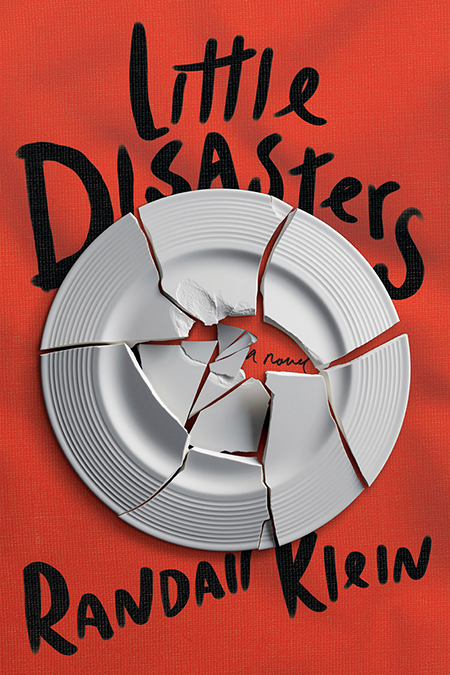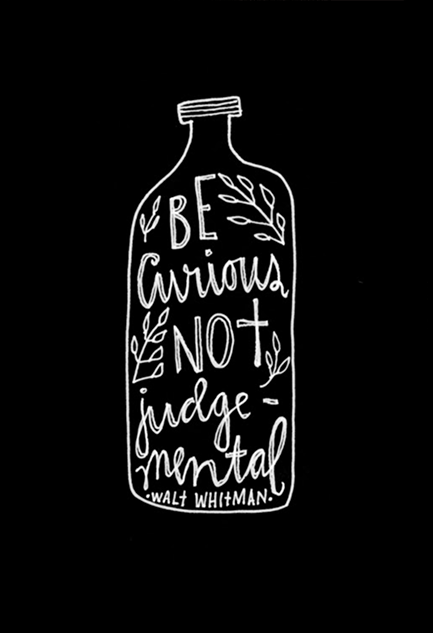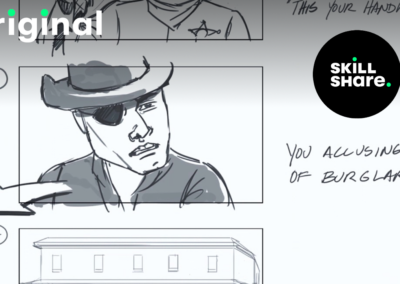Should we judge a book by its cover? I would say, we can judge a cover by the book. Obviously we can’t decide whether a book is good or not solely based on the cover design, but we can definitely tell if the cover design is good or if it represents the book well enough.
And when it comes to designing a good cover for a book, maybe we can look at various designs, try to analyze what type of techniques can be used in visual design and get inspired for our own work. So it’s not really “judging” per se, but let’s say “appreciating” good design.
Are you ready to look at some good book cover designs? Let’s get into it!
Photography
I want to start by showing some covers that were designed by using photography.
In this technique, we see how the typography is incorporated into the images, as well as how impactful symbolic photography can be for a book cover.


As we can see from these examples, photography on its own is not enough, because, you know, we’re talking about book covers. So every design should be made with lettering in mind. We can say that lettering and the idea of the material to be used in the initial artwork would make the main point and everything else comes afterwards.
But how do you decide which material to use for the photography? It would be up to you, but I would say the context of the book or the title itself would help in deciding what kind of material you are going to use in your design.


After that point, how you design the lettering would be completely up to your creativity. Like in these images, they can be handmade, or made by using Photoshop to look like they are handmade. Another option would be, just like in the last example, completing the design with digital typography but in harmony with the rest of the image.
Look at these examples, aren’t they a sight for sore eyes?
Illustration
Now let’s talk about illustrative book covers!

I always feel like illustration is the sister of design. You really need to have a good design eye in order to make your compositions and colors come together in a perfect harmony when you’re illustrating.
These covers are among the best examples of that harmony.


Whether it be with popping colors or the creative usage of typography, illustrative book covers not only help the readers get a glimpse of what the book is about, but also they serve as a whole different genre of the togetherness of illustration and design.
Moreover, using different types of fonts with different types of illustrations is also important. Everything should come together like good team players, supporting each other. Like we can see from Adalis Martinez’s and Na Kim’s designs above, the illustrations they used as well as the fonts are completely different styles but they both look harmonious within themselves.

When you are using illustrations for a book cover, you don’t have to use them in every corner. Sometimes it looks better when you use only a few illustrations and make the typography pop. The last two examples by Adalis Martinez and jestyr37 are very well made in terms of incorporating this “less is more” perspective into the designs successfully.
Just Typography
Like I said multiple times in this article already, typography is the most important thing when it comes to designing a book cover. Making a design that is both eye-catching and giving the message clearly is where the mastery of typography lies.
So now let’s have a look at how digital typography can be used on its own creatively for cover design.

I love in this first example that Janet Hensen took a risk and made the words not very clearly readable, but we can still successfully see the name of the book, The Bed Moved.

The design of “Was She Pretty?” is also by its author. Made by using a hand-lettering and a very successful composition and framing, Leanne Shapton gives us in the first glance what we need to see: dramatic colors, not so perfect, even an emotional hand lettering, and overall an eye-pleasing design.

This typography actually impressed me a lot, because with just a few simple touches of warping the letters’, Erik Carter gives us a visual story already in a few seconds. The title, “The Weight of Things” makes so much sense when we see that the letters are pushing into each other as if they are affected by some external force.

Victor Ehikhamenor’s design for “Be Curious not Judgemental” shows us again that sometimes simple hand lettering can be very impactful when it’s easy to read. By presenting the letters in a closed bottle, the design also carries the message of how being judgemental can cause a person to limit themselves.
Overall, for a good book cover design, besides photography and illustration, only lettering and typography can be used too. Of course, separating these categories is not so easy, because typography goes into all of them, but I still wanted to present you with some different types of cover design that we all can learn from.
I want to also emphasize that there is a common theme in all of these works, and that is, they are very simple and they get to the point really quickly. This is one of the most important things that make a good visual design, I think. In a time where images are presented to us so often so fast, we may not always have time to look at details, so it’s always better to let the audience see the purpose of those images as quickly as possible.
Are you also interested in design? Check out our pen displays and pen tablets, which makes designing fun and easy. And if you’re already making some designs using our products, post them on your social media with the hashtag #madewithwacom so that we will see them and repost them for our followers to see!

About the author:
Zeynep Alpay is a freelance multidisciplinary artist and illustrator based in Köln, Germany. Their work encompasses illustrations, animations, paper cut-outs, and traditional artwork.
For more information or to see more of Zeynep’s works, check out their portfolio, their Instagram, or their Linkedin.







